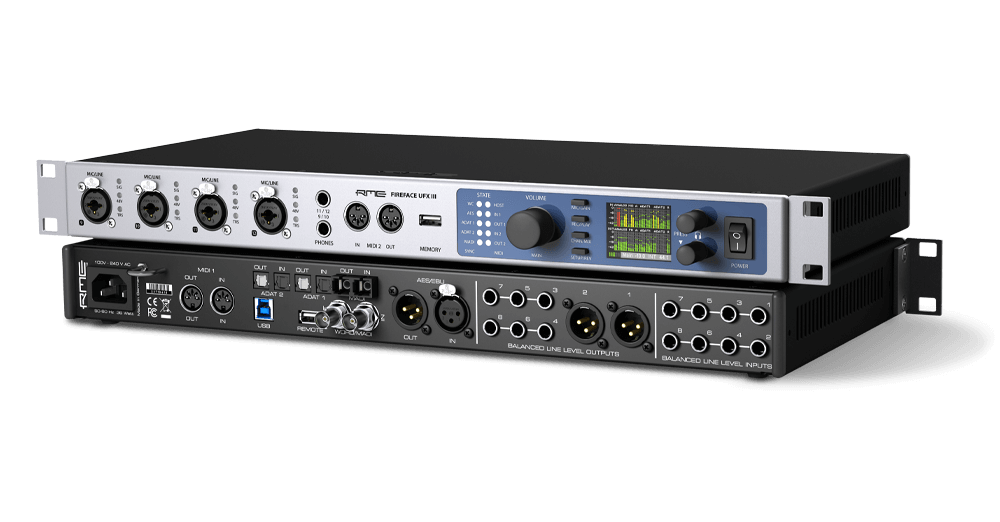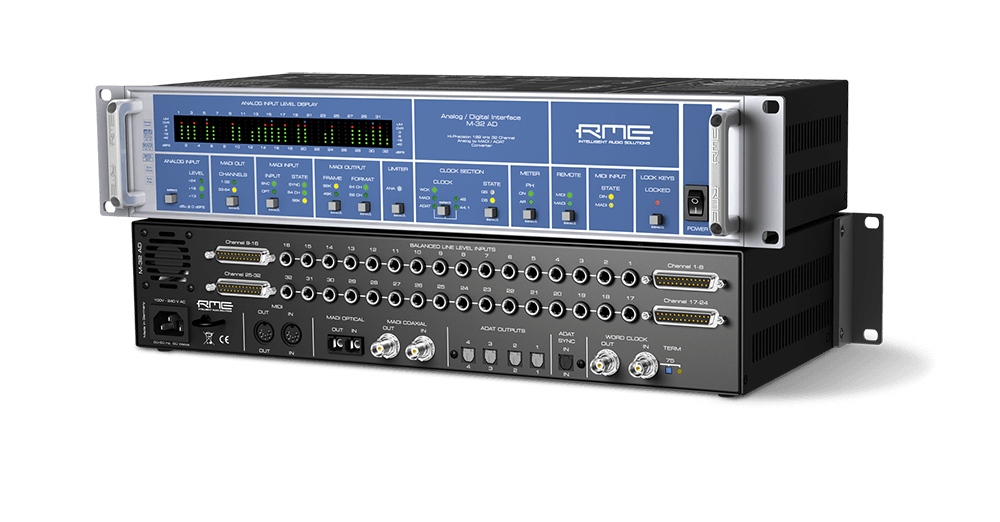Topic: ADI-2 Pro FS R Routing Possibilities
Hello All,
New here to the RME world and wondering if the setup I have in mind would work with the ADI-2 Pro FS R. I believe it will, but confirmation before pulling the trigger on a large purchase would be wonderful.
I’m trying to update my current mixing setup in order to have better conversion and better stability with hybrid mixing.
Currently using an Antelope Orion Stufio HD that I plan on selling. I also have a PreSonus DP88 I’m going to keep and use for ADAT preamps and/or AD/DA when needed. Genelec SAM monitors as well (this comes in later).
I have a handful of stereo compressors and some EQ that’s connected into 2 1/4” TRS patch bays that all ultimately go into a Looptrotter Satur8/24 summing mixer and have that coming back into the Orion.
The plan currently is to instead get a RME HDSPe RayDat card along with 2 Ferrofish Pulse 16 +24dBu units to get 32 I/O going to replace the Orion and cover all my routing for sending and receiving to hardware for hybrid mixing. I will then also get an RME ADI-2 Pro FS R which would essentially act as a a super high quality AD/DA to receive the final stereo output from the summing mixer and would also be a super high quality headphone amplifier.
The plan is to run SPDIF out of the ADI-2 into the RayDat to capture the summed signal into my DAW, then AES out of the RayDat into the ADI-2 which would let me monitor the main DAW output and then send AES out of the ADI-2 into the Genelecs.
Signal flow would look something like this:
RayDat optical in/out <> Ferrofish optical in/out > Ferrofish analog out > summing mixer analog in > summing mixer analog out > ADI-2 analog in > ADI-2 SPDIF out > RayDat SPDIF in > RayDat AES out > ADI-2 AES in > ADI-2 AES out > Genelec AES in.

